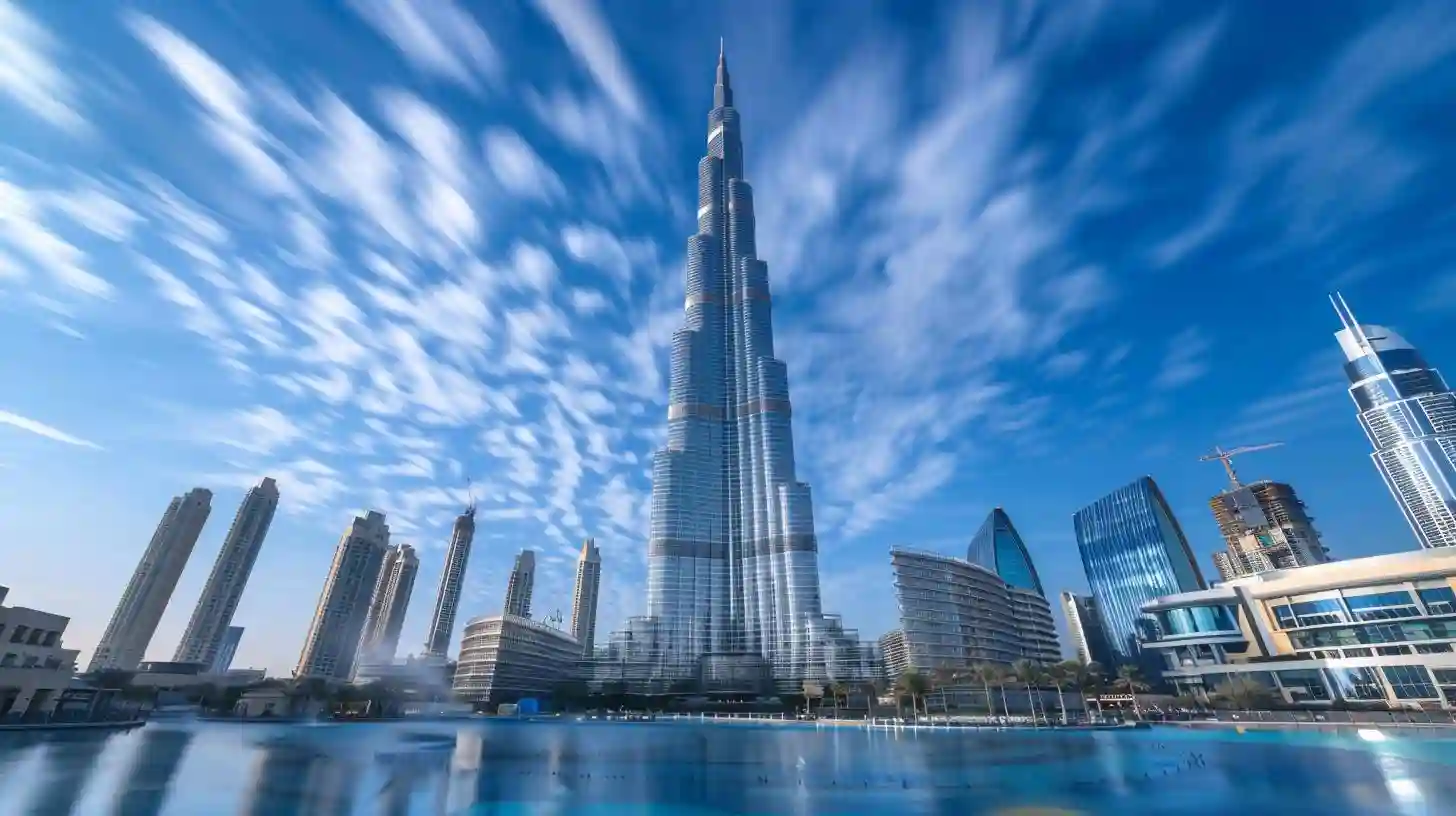
Rising from the futuristic skyline of Dubai, the Burj Khalifa is an architectural marvel that has captured the imagination of the world. This iconic skyscraper has become synonymous with luxury, innovation and ambition, setting a new standard for high-rise buildings around the world. Let's delve into the history, design and significance of the Burj Khalifa.
The idea of building the Burj Khalifa was conceived in the early 2000s, when Dubai was experiencing a construction and development boom. The project is developed by Emaar Properties, a renowned development company in the United Arab Emirates. The purpose of building the Burj Khalifa was to create a symbol of Dubai's prosperity and ambition, and to showcase the city as a global center for tourism and business.
Construction of the Burj Khalifa began in 2004, with a team of thousands of engineers, architects and builders working tirelessly to bring the project to life. The skyscraper's design was inspired by Islamic architecture with an elegant modern twist. The tower has a series of deviations that create a spiral effect, culminating in a spire-like structure at the top.
One of the most impressive aspects of the Burj Khalifa is its height. At 828 meters (2,717 ft), the tower holds the record for the tallest building in the world. The height of the Burj Khalifa is a testament to the engineering prowess of its designers and builders, who had to overcome many challenges to ensure the tower's structural integrity and stability.
Apart from its height, Burj Khalifa boasts a number of other impressive features. The tower houses luxury apartments, offices, a hotel and an observation deck that offers stunning views of the Dubai skyline. The Burj Khalifa is also equipped with a state-of-the-art lighting system that can create stunning light displays, making it a truly spectacular sight, especially at night.
The completion of the Burj Khalifa in 2010 marked a major milestone in Dubai's development as a global city. The tower has become a symbol of the city's economic success and modernity, attracting tourists and investors from all over the world. The Burj Khalifa also played a key role in shaping Dubai's reputation as a center of luxury and extravagance with its luxurious amenities and world-class amenities.
But beyond its impressive height and luxurious amenities, the Burj Khalifa also has a deeper meaning for the people of Dubai. The tower symbolizes the city's spirit of innovation, ambition and resilience, and its desire to push the boundaries of what is possible. Burj Khalifa is a testament to Dubai's determination to overcome challenges and achieve greatness, serving as an inspiration for future generations.
The Burj Khalifa is more than just a tall building; it is a symbol of Dubai's prosperity, ambition and sustainability. The tower's impressive height, innovative design and luxurious amenities have made it a global icon, attracting visitors and investors from around the world. As Dubai continues to grow and develop, the Burj Khalifa will remain a preeminent symbol of the city's success and vision for the future.